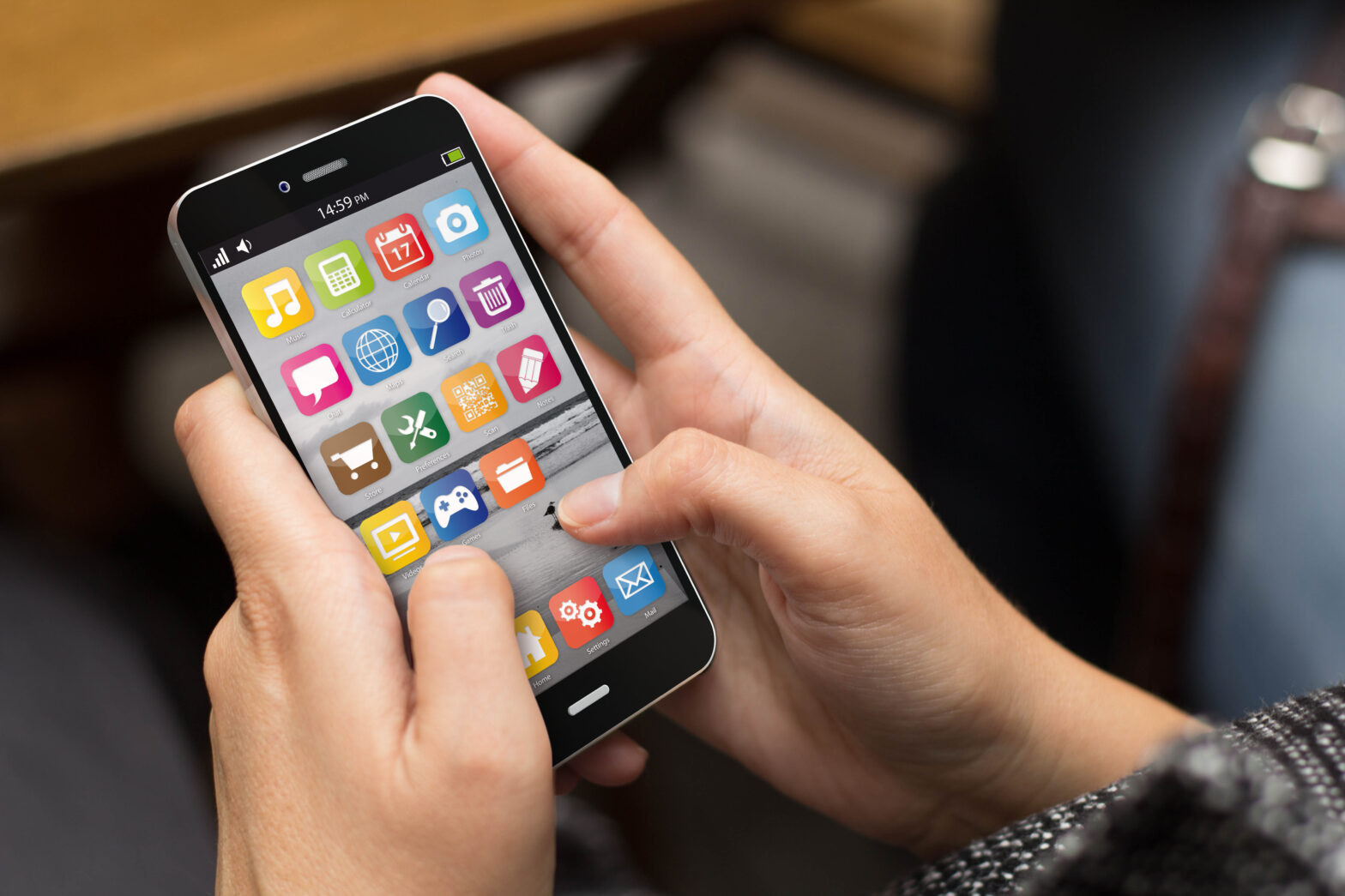When it comes to apps, the media are harbingers of doom. Smartphones are heading for extinction. App downloads are plummeting. Brands are deserting apps at an alarming rate – by 2020, 20 per cent of all brands will have abandoned their apps altogether. Or so they say.
These predictions have a limited resemblance to reality. If we take a long hard look at the statistics, ‘peak app’ is a very long way away.
Over half the world now owns a smartphone, and that figure is continuing to increase: worldwide, smartphone shipments grew by 4.3 per cent in the first quarter of 2017. These smartphone owners are continuing to download apps: a recent report from App Annie predicted the global app economy will increase from $1.3 trillion last year to $6.3 trillion by 2021.
So, never fear – the app bubble isn’t at risk at bursting for a long time soon. But that doesn’t mean we can be complacent. With fast growth comes increased competition.
The app market is booming
It is not news that the app market is astonishingly crowded. Between them, Apple’s App Store and Google Play Store offered almost five million apps at the end of 2016. In such a crowded market, you have to impress immediately for fear of being left by the wayside.
When competitors aren’t exactly few and far between, businesses face the huge challenge of ensuring that their app is the one showing its face on our home screens. And one mistake could make all the difference to download figures. If your app has even the tiniest bumps, app engagement data shows that it drives users away so fast that it’s not worth even existing in the first place.
Despite this evidence, many companies don’t seem to be aware of the importance of ensuring that their app is 100 per cent user-ready before it goes out for public consumption. Too often, the website is considered to be must-have, with the app as an added extra, often lacking in functionality or good design. But when people spend 90 per cent of their time in apps over web browsers, it’s clear that the app needs to be the main event.
Rethinking success
Mobile is now an expectation – not a device. And as a result, the way we define an app is evolving very quickly. In the past, an app was nothing but an icon on a screen that you would occasionally tap – now they are fully integrated with multiple devices and services and play a much more deeply ingrained role in much of our digital life.
Part of the reason what we call ‘apps’ are changing so quickly is because they’re adapting to new technologies – from chatbots to voice recognition to connected devices. And the way we’re thinking about them is changing too.
A few years ago, for example, we used to measure an app’s success based on the duration of time spent in it. But the real value of apps is about the time saved. If your analytics show that users are giving up on your app, don’t despair – some of the very best apps never even get opened, because they can preempt the user’s needs and send the relevant information without prompting. Nobody has time to open and close an app anymore.
Analyse exactly how and when your users demand your content and services, then offering it at the right time through push notifications. Success should be measured in how well you’re helping your customer or user achieve their desired outcomes – you need to understand these users so you can reach them at the time that’s right for them.
No app is an island
While businesses may like to think that their app is a user’s one and only, the truth is that consumers use multiple different apps in a short space of time. Because of this, companies are beginning to realise that it would significantly benefit a user’s experience if they could access their app through another app.
See also: The rise, or fall, of the retail app?
As apps begin to overlap, more and more companies have started integrating their platform with associated businesses and services. This allows a user to easily jump between different apps without having to enter multiple pieces of information. A company that has taken excellent advantage of app integration is Slack: a cornerstone of many businesses, it makes perfect sense for users to access a B2B app via one they already spend much of the day in.
Facebook is the textbook example of app integration: by opening its API it allowed a large number of consumer apps like Pinterest, eBay and Airbnb, to tightly integrate with the timeline. Now you’d be hard pressed to find an app that isn’t linked to Facebook somehow.
So, the app is not dead. But it has transformed dramatically. Apps now come in multiple forms, they’re used on multiple devices and they are often integrated with other apps. The app’s original promise was to offer an unbeatable user experience, and companies must adapt quickly to continue to deliver on that promise.
Sam O’Meara is UK director of Applause.





